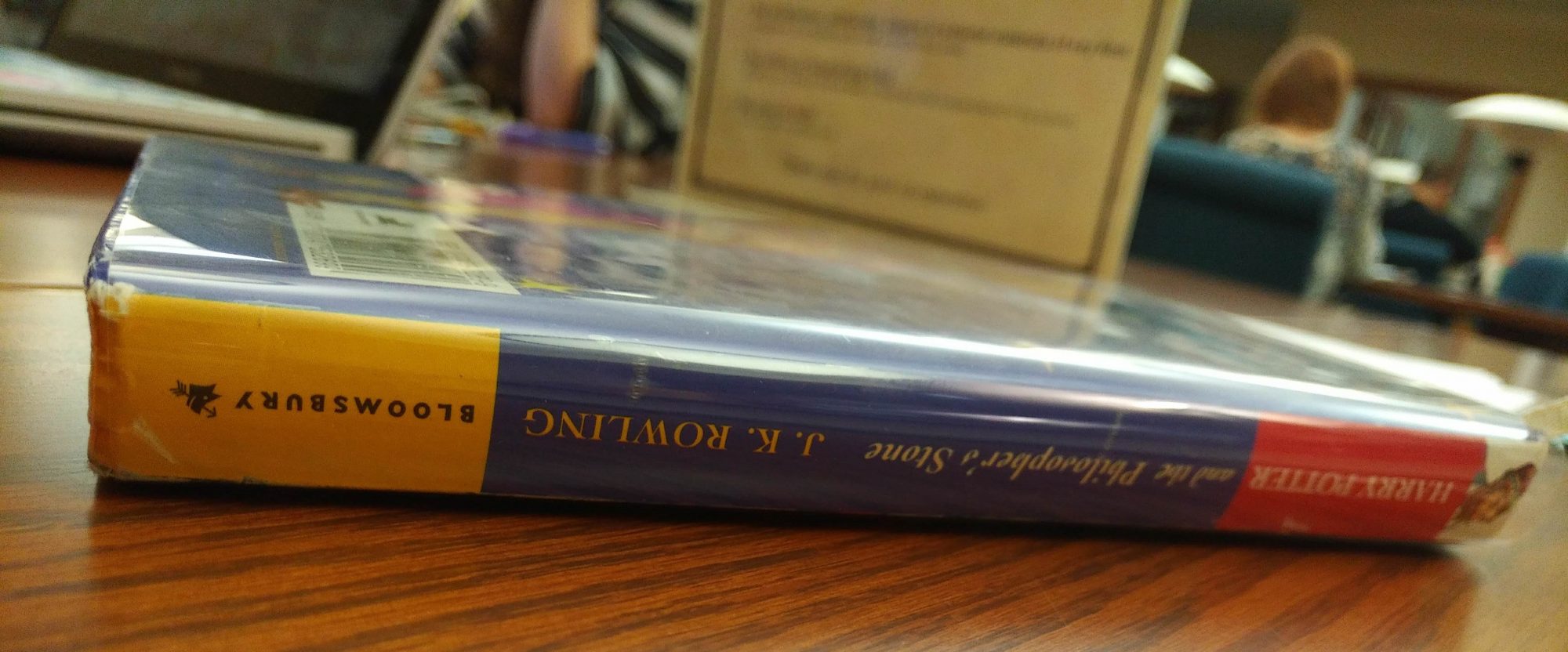
“Harry Potter thinks he is an ordinary boy”, the synopsis on the reverse cover of the first edition of the UK and Canadian editions of Harry Potter and The Philosopher’s Stone begins, and for many readers of the series who began the journey into the wizarding world of Harry Potter this line might have been the first thing that they, their parents, or whoever decided to pick the book up off the shelves for them might have read before buying into what would go from a book from an almost unknown Scottish author to the largest children’s literature series of our age. For myself, my journey began with my aunt gifting me a boxed set of the Raincoast Canadian editions of the first four books in the series, and a pre-order for the soon to be released Harry Potter and the Order of the Phoenix for Christmas in 2002, and even today a new generation of youth (and even some adults) are getting to experience the writing of J.K. Rowling, and a multimedia publishing empire with content spanning from the stage to the web has taken shape around the world featured in the Harry Potter series.
So the question is how did we get here? How did a book become a global phenomenon in a time, according to Susan Gunelius in her book Harry Potter: The Story of a Global Business Phenomenon, when “children were not spending their time reading” and “instead, television and video games where the hobbies of choice for children”? The story starts with Joanne K. Rowling herself, who says she got the idea for the Harry Potter series on a train to Manchester in 1990, and spent the journey sketching a detailed plotline of not just book one but all seven books she would write to form the main plotline of her soon to be multi-media empire. Rowling had studied French and classics at the University of Exeter, and as a child was an avid reader with her favourite authors being Jane Austen and J.R.R. Tolkien. Rowling continued writing when she moved to Portugal to teach, and returned to the UK after leaving her Portuguese husband with the first three chapters of the novel in hand. Now a single mother, Rowling had little time for writing but managed to by the end of 1995 finish the final draft of Harry Potter and the Philosopher’s Stone.
Next, Rowling sought to find a literary agent to help her publish her first book, and after being rejected by a first, she is accepted by the second agent she contacted, The Christopher Little Literary Agency, but according to Gunelius the secretary almost tossed the sample due to the fact that they didn’t represent children’s book authors at the time, but was curious due to the “unique black binding” Rowling had used. She requested the full manuscript to read it herself, later putting it on Little’s desk who read it one himself and made Rowling an offer right away. Now they just needed a publisher…
Blake, Andrew. The Irresistible Rise of Harry Potter (London: Verso, 2002).
Bloomsbury. “JK Rowling Biography.” Harry Potter.(https://harrypotter.bloomsbury.com/uk/jk-rowling-biography/).
Gunelius, Susan. Harry Potter: The Story of a Global Business Phenomenon. (Basingstoke: Palgrave Macmillan, 2008), p. 2-4.
The Rowling Library. “Timeline.” The Rowling Library (Accessed April 16, 2018. https://www.therowlinglibrary.com/j-k-rowling/timeline/).
